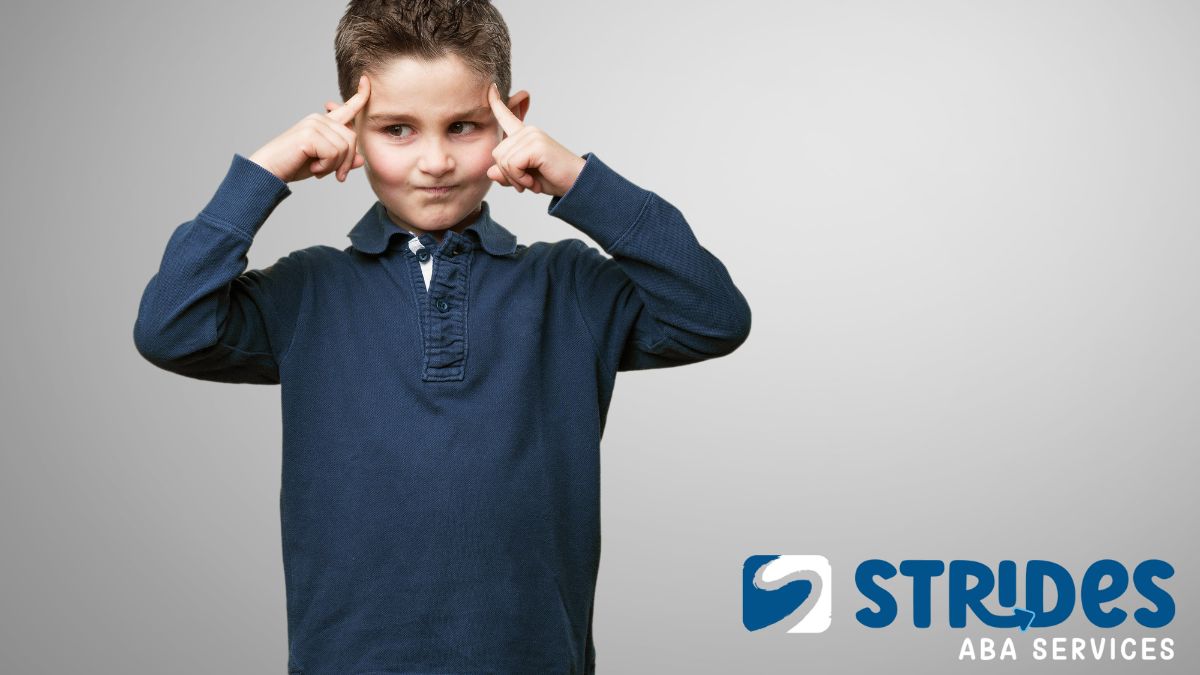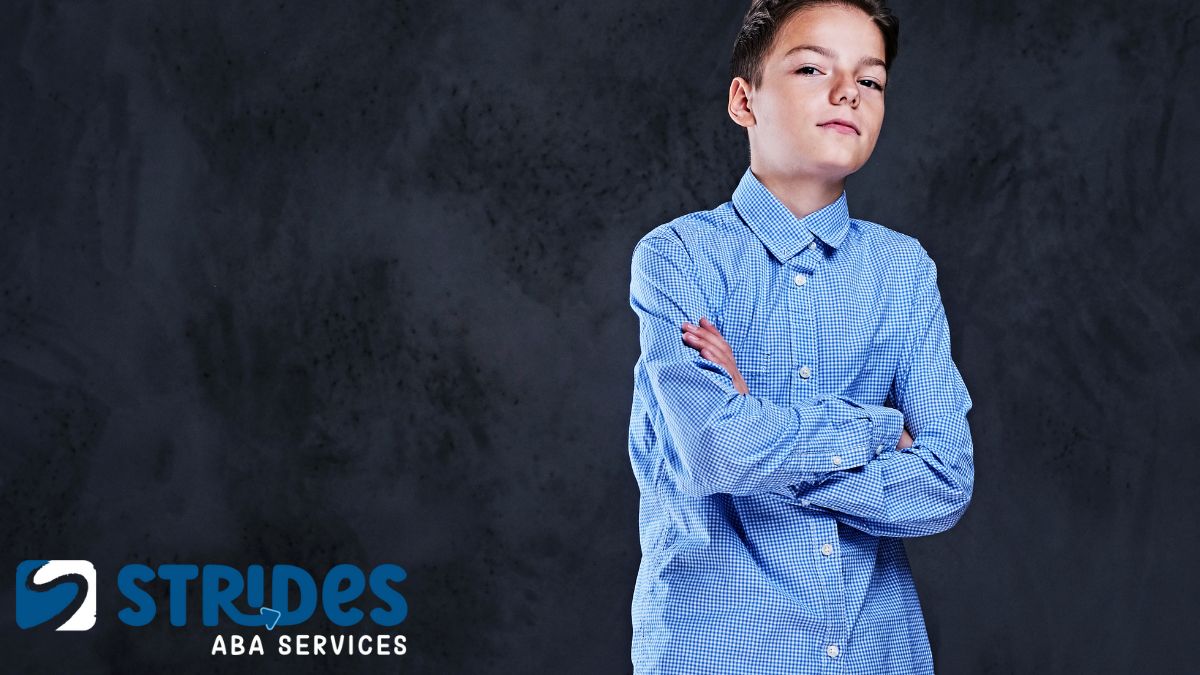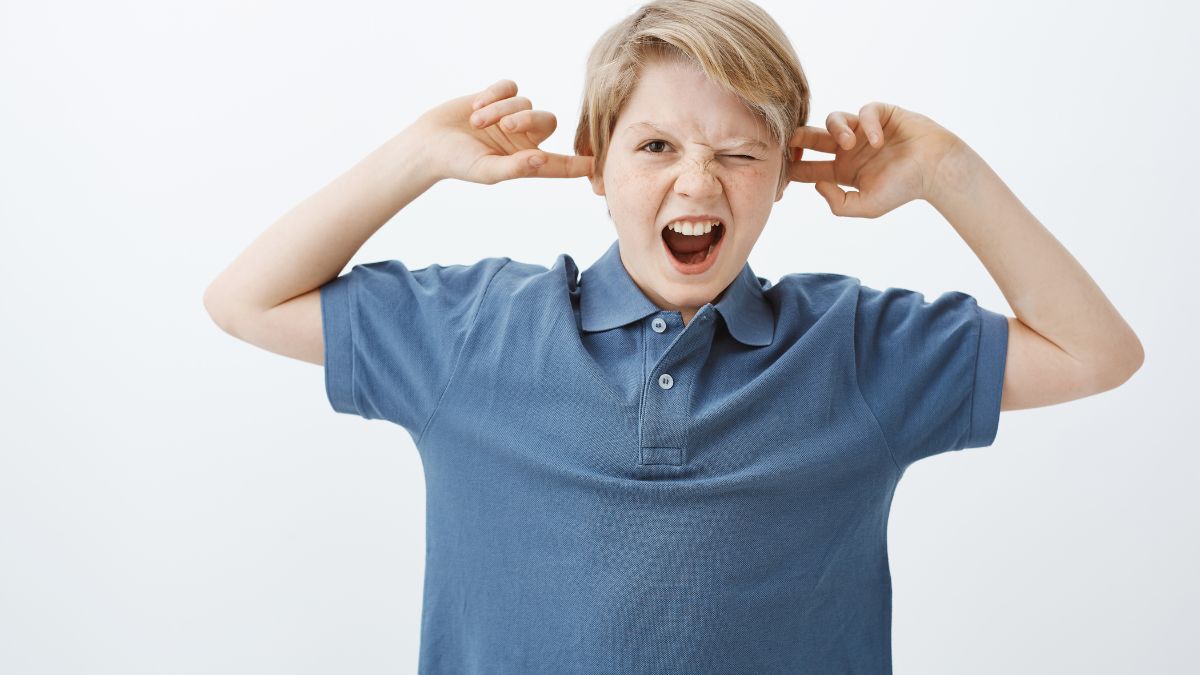Key Points:
- Identifying triggers early helps prevent overwhelming sensory overload in autism effectively daily.
- Sensory tools like headphones and weighted blankets support calm, focused regulation daily.
- Teaching self-regulation builds confidence and independence during overstimulation autism moments every day.
When overstimulation hits, does it feel like every sound, light, and movement is competing for attention at once? For many autistic individuals, this isn’t rare, it can happen every day. So, how can we deal with overstimulation autism in a way that actually works? In this post, we share simple, positive strategies grounded in research and real-life examples. You’ll find practical steps and calming techniques that can be used immediately. What helps in a crowded classroom might differ from a noisy store or a bright room at home. Understanding how to deal with overstimulation autism gives individuals more control, helping them stay calm, focused, and confident while navigating daily life with less stress.
What Is Overstimulation in Autism?
Many autistic people experience the world more intensely than others do. Around 69% to 93% of children and adults with autism show sensory symptoms such as overload from sounds, textures, lights, or smells (Tomchek & Koenig, 2016). Some sources report that up to 90% of autistic individuals have atypical sensory reactions (Crane et al., 2009).
When the sensory input exceeds what the brain can filter, it triggers a cascade of stress. Brain scans show that autistic youth with sensory over-responsivity have stronger activation in both sensory areas and the amygdala when exposed to noise or touch (UCLA Health, 2013). They also take longer to calm down after the stimulus ends (UCLA Health, 2013).
Sensory over-responsivity often co-occurs with anxiety, insomnia, or emotional dysregulation (Ben-Sasson et al., 2022). Learning how to calm overstimulation in autism is therefore essential.
Early Recognition

Before using strategies, spotting the signs early is key. Use this short table to guide you:
| Sign Type | Examples You Might See | What It Suggests |
| Physical | Covering ears or eyes, flinching, stiffening, fidgeting, shallow breathing | The person is filtering too many sensory cues |
| Behavioral | Withdrawing, shutting down, agitation, avoidance | Overload is causing stress or overwhelm |
| Emotional | Irritability, anxiety, tears, becoming very quiet | The emotional “tank” is nearly full |
As you watch, you’ll notice patterns: maybe malls are tough or crowded hallways. Track those triggers. Over time, you can act early.
Preventive Steps
Preventing overload is easier than recovering from it. Here are strategies to include in daily life:
1. Build a Sensory-Friendly Environment
- Use soft, warm lighting instead of harsh overhead bulbs.
- Include quiet zones, buffered by soft walls or curtains.
- Keep spaces uncluttered to reduce visual noise.
- Use neutral or low background sound (white noise, gentle hums) to mask sudden spikes.
These adjustments reduce the “extra” input the brain has to filter.
2. Use Sensory Tools Proactively
- Noise-canceling headphones or earplugs help block sudden spikes in sound.
- Weighted items like blankets or lap pads offer calming deep pressure.
- Fidget toys, textured items, or chewables give an outlet for small movements.
- Visual supports, such as calm images, picture schedules, or cue cards, bring structure and predictability.
These tools act as “safety valves” before overload builds.
3. Teach Self-Regulation Skills
- Encourage awareness: ask, “Where do you feel that in your body?”
- Introduce simple breathing or grounding exercises (e.g., focus on feet, feel the floor).
- Use a “sensory menu” of choices: “Would you like headphones or to step outside?”
- Practice those techniques daily when calm, so they become automatic when needed.
4. Plan for Challenging Situations
- Give advance notice: “In 5 minutes we’ll move to the car.”
- Role-play transitions or loud events before they happen.
- Permit breaks, short, predictable times off stimuli.
- Allow choice: e.g., which sensory tool to bring, where to sit.
Preparation helps lessen surprise overload.
Immediate Calming Moves
When overstimulation is happening, time matters. Here’s what to do (and avoid):
Do This:
- Gently move to a lower-stimulus area (dim lighting, fewer people, less noise).
- Offer one calming tool (weighted lap pad, noise blocker, or fidget) at a time.
- Use very few words, simple phrases like “It’s okay. Breathe.”
- Match pace: slow your tone, mirror calm breathing.
- Let them choose: “Do you want to sit or walk?”
- Give space if they need it; don’t force contact.
Avoid This:
- Adding more stimuli (music, chatter, bright lights).
- Commanding “calm down” or giving many tasks at once.
- Ignoring their needs or shaming the reaction.
These avoidances help you stay in partnership, not opposition, with their nervous system.
Recovery & Reflection

After the storm, recovery is vital.
Recovery Steps:
- Quiet downtime—10 to 30 minutes in a low-input space.
- Gentle transition—move from quiet time to simple, low-demand tasks.
- Reflect (if able)—Ask questions like, “What felt loud?” or “What helped you most?”
- Record triggers—Use a journal or app to log sensory triggers and helpful responses.
- Adjust for next time—Shift plans, tools, or strategies based on what you learned.
Recovery gives breathing room for the system to reset.
Longer-Term Supports
These strategies bolster resilience over time:
Sensory Integration & Therapy
Studies suggest therapies like Sensory Integration (SI) or occupational therapy may help modulate sensory processing. Some randomized trials in young children have shown modest gains in managing sensory difficulties. However, evidence is still evolving (Case-Smith et al., 2015; Pfeiffer et al., 2011).
Physical Activity
Regular movement, especially in nature or with proprioceptive challenge (climbing, pushing, jumping), supports sensory regulation (Ben-Sasson et al., 2022).
Mindfulness & CBT
Mindfulness (with sensory focus) and cognitive behavioral techniques help regulate emotional responses to overload (Gotham et al., 2015). These approaches teach individuals to recognize when their system is nearing its limit and take steps to address it.
Gradual Exposure & Tolerance Building
For some individuals, gradual, controlled exposure to mild sensory challenges (with support) may help raise the threshold over time. But it must be slow, voluntary, and always reversible.
Communication & Self-Advocacy
Teach phrases or visual cues like “I need a break,” or use emotion cards. Building self-advocacy means less surprise and more control.
Real-Life Example (Hypothetical but Realistic)
Imagine Lucy, a 12-year-old with autism, loves art class, but the overhead fluorescent lights and chatter overwhelm her. Before class, she wears noise-canceling headphones and places a soft light filter over her workspace. She practices three deep breaths when she enters. She also has a small squeeze ball in her pocket.
One day, a fire alarm test goes off unexpectedly. Lucy starts, her breathing quickens, and she covers her ears. Her teacher quietly gestures to her calm space next door, offers the weighted lap pad, and waits with her quietly. After a few minutes, Lucy opens her eyes, accepts the pad, and slows her breathing.
Later she reflects, “The light and noise were too much. The pad and space helped.” She adds “alarm tests” to her trigger log so the next time she can prepare ahead.
This sequence illustrates the flow: prevent, respond, recover, reflect.
The Research at a Glance
- Sensory symptoms in autism are highly common, studies show 74% of autistic children had documented sensory features in one large sample. (CDC, 2020).
- The prevalence of sensory difficulties in autistic populations ranges from 56% to 92.5% in various studies (Lane et al., 2022).
- Brain imaging confirms stronger responses and slower habituation in those with sensory over-responsivity (UCLA Health, 2013).
- Over-responsivity is linked to anxiety and emotional distress (Ben-Sasson et al., 2022).
- Interventions like sensory integration, physical activity, mindfulness, and cognitive behavior are promising, though more research is needed (Case-Smith et al., 2015; Pfeiffer et al., 2011).
These data underscore why mastering how to calm overstimulation in autism matters.
Tips for Success & Consistency
- Start small. Introduce one tool or habit at a time.
- Practice during calm moments. Calming skills are easiest to learn when no crisis is happening.
- Customize. What calms one person may stress another, trial and adapt.
- Use visuals. Charts, icons, and reminders help reduce surprise.
- Stay curious. Always ask: “What worked? What didn’t?” Use that knowledge going forward.
- Be patient. Progress may come in small steps, but steady steps add up.
FAQs: What You Probably Haven’t Asked Yet
Can playing music help or hurt during overload?
Yes, music can either soothe or worsen overload. A gentle, familiar track might calm. But layered, unfamiliar music might add more “input” the brain has to sort. Always test and observe.
Is stimming bad, or should it always be discouraged?
Not bad at all. Stimming is often a self-regulation tool. Many autistic people use movements (hand flapping, rocking) to release tension. It becomes a problem only if it harms or prevents function, not simply because it’s visible.
How does hyper- vs. hypo-sensitivity play into this?
Sensory profiles often combine both: overload (hyper) in some domains and under-reaction (hypo) in others. A person might overreact to noise but underreact to pain. Knowing that mix refines your strategy.
Should everyone with autism use weighted items or headphones?
No. These are tools, not cures. Some may dislike the pressure or headphones. Introduce slowly, let the person try, and always give control over starting or stopping.
Can diet, sleep, or health conditions affect overstimulation?
Absolutely. Lack of sleep, gut issues, illness, and pain, all can lower the sensory threshold. If someone is already worn down physically, their system is more fragile.
Supporting Calm and Confidence in Everyday Life

Overstimulation in autism doesn’t have to control daily routines. How can you spot early signs and help your child stay calm? By creating sensory-friendly spaces, teaching self-regulation, and using evidence-based calming strategies, autistic individuals can handle life with more confidence. Empower ABA focuses on practical steps and personalized support to make each child feel safe and understood. In Virginia, families are seeing how small changes can create big results. Empower ABA provides tools and strategies that work in real-life situations. Ready to help your child manage sensory needs with ease? Reach out today to learn how we can support their journey.

